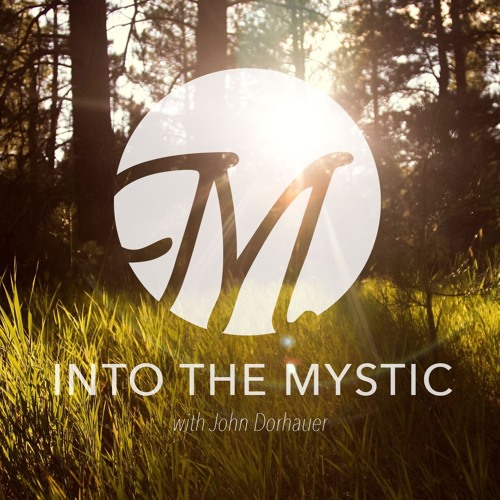Sacred Space
Listen to the podcast
Read the transcript
So I have this gift. Gift? Is that the right word?
I don’t know.
I have this ability. I can walk into a sanctuary and sense immediately whether or not the spirit has been welcomed or resisted in it.
Not all houses of worship are equal.
I have long said that worship is nothing more than an invitation to encounter the sacred. As a designer of worship, I want only to open up avenues and pathways for people first to meet a God who comes without inhibition and then to respond to whom they meet without inhibition.
That’s what worship should be.
But we all and we often design limitations both ways: to the movement and presence of a God who can move without inhibition and to a people whose responses are scripted and limited to what decorum mandates.
So, in some settings shouting an Amen! in affirmation of a well preached word is frowned upon even when it is the authentic response to the revelation of the God whose word is being faithfully preached. In other places it is expected, so much so that a preacher often has to ask for it: “Can I get an Amen!”
In some settings there might dancing in jubilation is frowned upon while in others it is expected – and so you do it whether you feel it or not.
Prayers can be scripted and familiar hymns can grow stale and every act of standing and sitting commanded for you in a bulletin.
Its someone’s job to tell the children to sit still and stay quiet – even when the music wants them to tap their toes or whistle.
Silence, one of the ways in which God can be known and heard, is often hard to come by.
Sanctuaries themselves either enhance or inhibit the ability of the gathered to feel the presence and movement of God; and can limit the full array of responses one can offer when God is found and felt.
This isn’t my way of saying that one style of worship or one style of architecture is right and another is wrong – all of that is subjective and contextual. It is me saying that good worship leaders know what feeds the soul and spirit and what inhibits it for their gathered community. It is me saying that in every generation the architects of worship need to be aware of the changes in their community, aware of what feeds their spiritual hungers, and willing to make the necessary shifts to accommodate those changes needs.
Time makes ancient good uncouth wrote the poet. What was will not always be. God can show up anywhere, anytime, any way. But we can deprive ourselves of access to the sacred if we allow the spontaneous to accede to the familiar, the nostalgic to displace the next, or previous success to define and limit future needs.
That’s what I know intuitively when I walk into a setting, even when its empty: whether or not the sacred has been cultivated for today’s needs or commemorated for past expectations.
I pray we all find our way to sacred – however we get there. Its all good – so long as it restores rather than remembers. May the ever-present God find a way into our conscience presence by whatever means necessary, as we remain always open to encounters that promise to surprise and enliven our souls and spirits on this, our journey Into the Mystic.

Related News
Planning for Earth Month: Resources for Congregations
April is Earth Month, and for congregations, it can be a great time to further discern how...
Read MoreBodily Autonomy Means Every-BODY
Advocacy and Action for Women's and Gender Justice Local events stir thoughts and...
Read MoreAn ally experiences PRIDE in the CLE
Advocacy and Action for Women's and Gender Justice Local events stir thoughts and...
Read More


